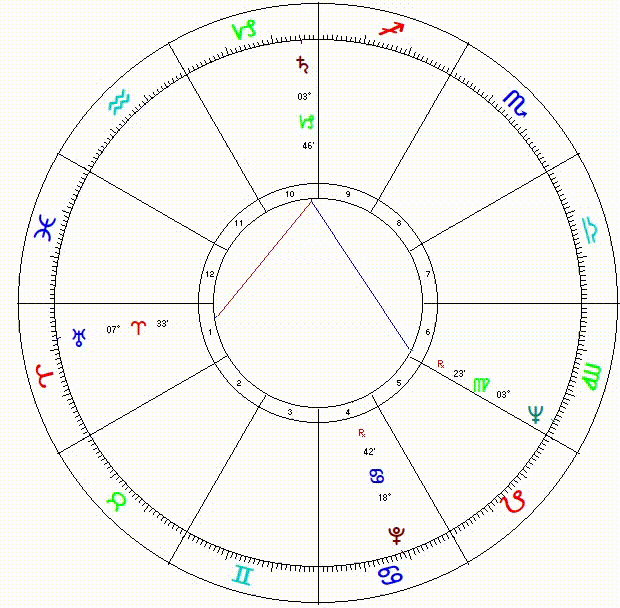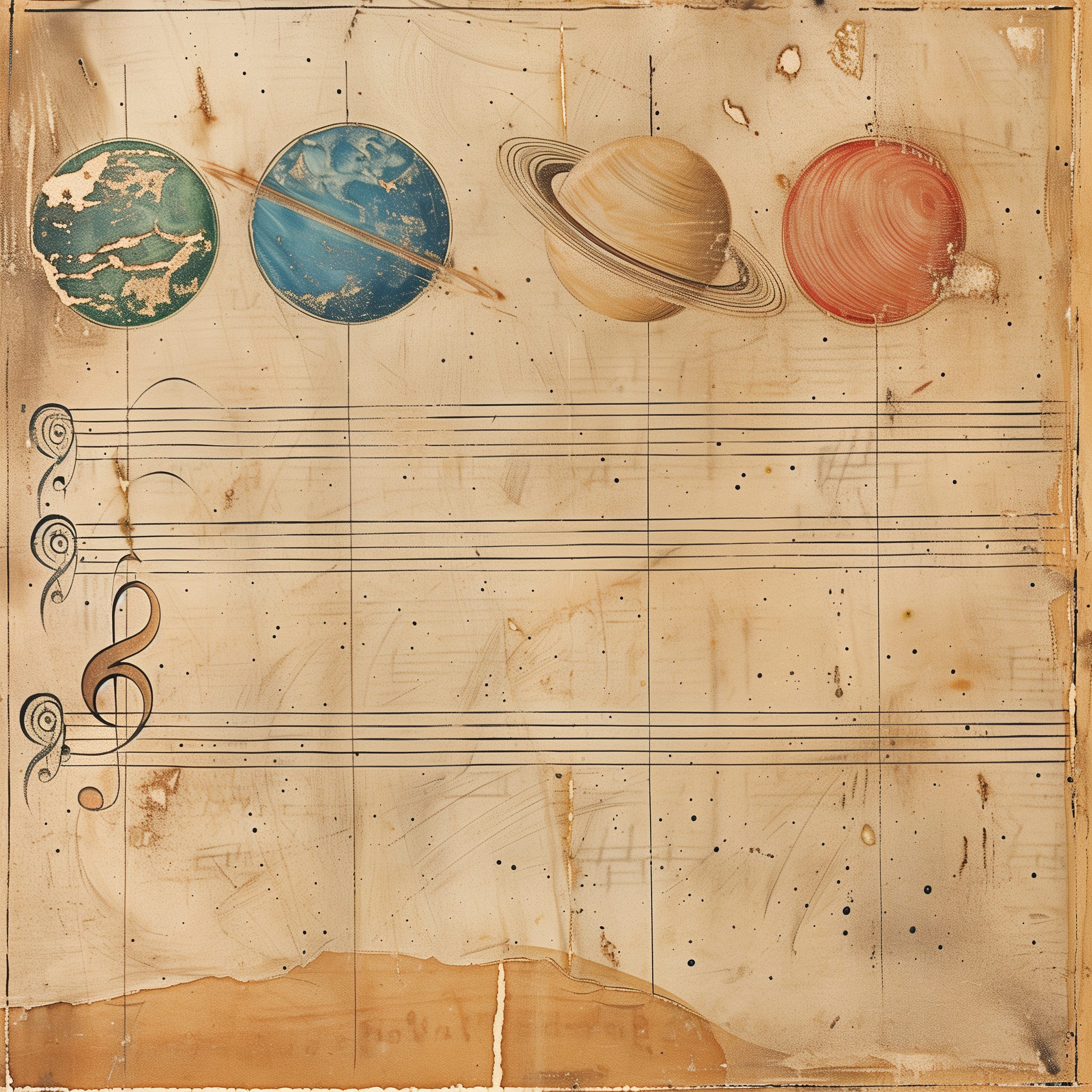Outer Planet Catalysts – Part 23 of The Chemistry of Time
Each period of time is formed by its unique blend of planet and sign elements which combine into the formula for that era and distinguish it from other eras. A period of time with Saturn in Aquarius is going to be different from a time with Saturn in Leo, and a period of time with Saturn in Aquarius and Jupiter in Aquarius is going to be different from a time with Saturn in Aquarius but with Jupiter in Pisces. These factors form the color of the period and can easily be identified in things like the peculiar aesthetic of the 1970’s, during which time Neptune was in Sagittarius. Was it a good aesthetic? No it wasn’t, but it was unique, experimental, and adventurous and can be appreciated in those terms (we can also appreciate that it will never return in our lifetimes). Lurking mostly unnoticed however is the rhythm of the period, formed by the invisible crashing tones of the outer planets.
The dark luminary planets participate in this coloring scheme but do it via a different method. The sign in which they occupy becomes the place where the solvent is being applied, chipping away, challenging, and refining it each time an aspect to the planet is formed. As with other planets all three are constantly present, but owing to their slow speed their relative positions remain in place for years at a time. As the other planets whisk around the zodiac they remain largely in place, at steady intervals from each other, forming harmony out of the holes they are burning beneath the unfolding sequence of tones played by the wandering stars. This is the harmony of catalysts – the moments where action is prompted – and in their pattern is the record of the choices of the people who formed those times, so let’s taken a moment to listen to their sound.

In this animation we see the decade of the 1930’s. Saturn is included as it defines limits and sets up how we will respond. In this decade Saturn comes first and it is followed by Uranus, followed later by Pluto, and then Neptune. It is the sequence that is most important, and the interval that is of secondary importance. As the decade progresses the interval between Saturn and Aries notably shortens and halfway through the decade Uranus also moves forward a step, but the full sequence remains intact for the entire decade. While these slow planets remain essentially in place the others are rapidly circling the dial, pinging each of them in sequence, like the comb of a music box passing over the bumps on the cylinder. Plotted on a staff, the musical sequence would look something like this:

Let us consider the sound that could be made by these notes:
Saturn is the master of time and can make things stop. When the Saturn note is played we are asked to pause, take stock, evaluate, and prepare.
Uranus will introduce a sudden, shocking disruption.
Pluto will produce a severe and extreme circumstance
Neptune will dissipate, fade, and muddy
During the time period wherein this succession of tones was in effect – the entire decade of the 1930’s – this is the order in which catalysts were presented. First, we are given a moment to prepare and get our things in order, then we are shocked and disturbed, and that is followed by an extreme event, and next we are left with dissolution. The intervals between events allow time for recovery and rest and define the meter or pace of the piece. In the 1930’s there is a call to take stock when Saturn is in Capricorn, followed by a rest of two full beats before the disruption of Uranus. As the decade moves on and Saturn changes signs this period of rest shortens, bringing our moment and the time for preparation ever closer to the beginning of the disruptive note sequence. Uranus similarly gives two off-beats after its disruption at the start, but this shortens into just one as we enter the second half of the decade. For the purpose of illustrating the intervals, consider this crime against musical notation:

Here we can visualize the full sequence with intervals. The sign in which each planet is present could be called the note, while the planet itself might be something like the pitch. The dignity of the planets in each sign speak to their power and its effectiveness. For example Saturn is at home and in great dignity when in Capricorn, as we find it in this sequence. That could produce a very clean and perfectly played note, whereas Neptune in Virgo may be somewhat discordant. With each of these factors considered see if you can play this sequence to yourself in your mind. That sound you hear is how things tended to go during the decade of the 1930’s. When events unfolded they would follow this sequence, at this pace, and with the qualities of these notes.
To people born in this era this time signature is embedded into their natal chart and for them this is how the world works. It is simply how things go. For people living through that era this was just how things went during that decade. First you get your things in order, because a clear sound has played to warn you that it is time to do so and circumstances have limited you. At first you have plenty of time to do so, but that window of time shortens as the decade progresses. Then comes the shocking storm, unexpected, disruptive, and fiery in Aries. After time to gather yourself and recover then comes the big, extreme event, which in Cancer could be like a call to duty and responsibility to act. Finally, order and ideas dissolve, leaving details unclear and hard to see.
This sequence plays in world events but also in the personal lives of those present in that time. Many will find that when unexpected disruption came they were prepared for it because they were first alerted by Saturn. In the end the result of these disruptions would be a dissolution and sullying of the purity and order that once existed. For the people of these times those were the patterns and consequences of change. With each note played by aspect to a dark luminary something is being taken away and they are prompted to make choices about how to respond and go forward. The question of what is the right choice to make and how to make it and what will be the outcome is defined by the sequence of that time.
The outer planets are change agents. As time unfolds they present periodic opportunities to shift the timeline by interrupting the inertia of what already is. They do so by applying their brand of stress test to the planets they come into contact with. These tests come according to a regular cycle and sequence which remains steady for years at a time. This constantly playing background harmony forms the distinctive nature of the times by defining how and when changes can be introduced. Events as they occur in the human world are the result of actions taken by people in response to disruption. These planets are therefore the catalysts that propel human action forward.
When asked why things were done a certain way in the old days, people of that era will often answer that “it was just a different time.” Using the calendar and the system we can “listen” to the harmony played by the dark luminaries of other times, finally allowing us to understand what it really means for the times to be different.


Leave a Reply